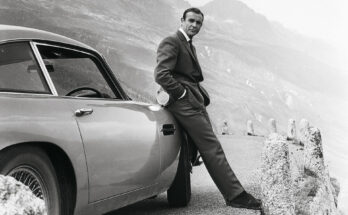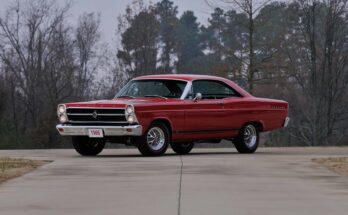Let’s rev up the time machine and cruise back to 1968, when the Chevrolet Camaro roared onto the scene as a pony car legend, ready to duke it out with the Mustang and steal hearts with its sleek style and tire-smoking power. The ’68 Camaro wasn’t just a car—it was a cultural icon, born in the heart of the muscle car era, dripping with attitude, and ready to leave its mark on drag strips, drive-ins, and suburban driveways. Here’s the story of the 1968 Camaro, told with a grin and a nod to its wild spirit, in a tone that’d make even a reckless driver jealous.
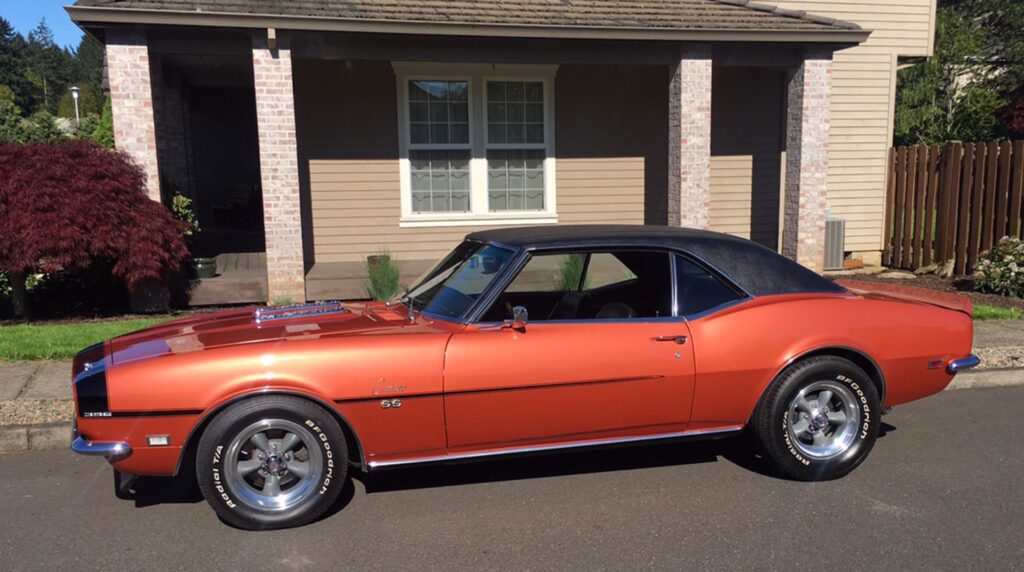
The Birth of a RebelThe Camaro debuted in 1967 as Chevy’s answer to Ford’s wildly successful Mustang, but by ’68, it was already carving its own path. Built on the new F-body platform, the ’68 Camaro was a refined sophomore effort, blending aggressive styling with enough engine options to make gearheads drool. Chevrolet sold 235,147 Camaros in ’68, proving it wasn’t just a flash in the pan but a serious contender in the pony car wars. Priced at $2,565 for the base sport coupe and $2,727 for the convertible, it was a working-class hero—affordable enough for young hot-rodders but badass enough to turn heads.
Style That Stopped Traffic
The ’68 Camaro looked like it was born to burn rubber. It ditched the ’67’s side vent windows for a cleaner, “Astro Ventilation” system with hidden vents, giving it a sleeker profile. The front grille got sharper, the round headlights screamed attitude, and the new side marker lights (mandated by Uncle Sam) added a touch of flair. Available as a hardtop coupe or a drop-top convertible, it came in eye-popping colors like Rallye Green, LeMans Blue, and Hugger Orange. The Rally Sport (RS) package added hidden headlights, while the Super Sport (SS) brought chrome hood vents and bold stripes. And the Z/28? That was the street-legal race car, with a snarling stance and a “Z-28” badge that whispered, “Don’t mess with me.”
Power to Burn
Under the hood, the ’68 Camaro was a buffet of V8 and inline-six goodness. The base engine was a 230-cubic-inch (3.8L) six-cylinder with 140 horsepower—fine for cruising to the soda shop but not exactly thrilling. The real fun started with the V8s: a 327-cubic-inch (5.4L) with up to 275 horsepower, a 350-cubic-inch (5.7L) in the SS with 295 horses, or the beastly 396-cubic-inch (6.5L) big-block pumping out 325 or 375 horsepower for those who liked their tires extra crispy. The Z/28, built for SCCA Trans-Am racing, stole the show with its high-revving 302-cubic-inch (4.9L) V8, officially rated at 290 horsepower but rumored to push closer to 400 in the real world. Paired with a four-speed manual or a three-speed Turbo Hydramatic, these engines made the Camaro a drag-strip darling. Fuel economy? Let’s just say gas was 34 cents a gallon, and nobody cared about mpg when quarter-mile times were at stake.
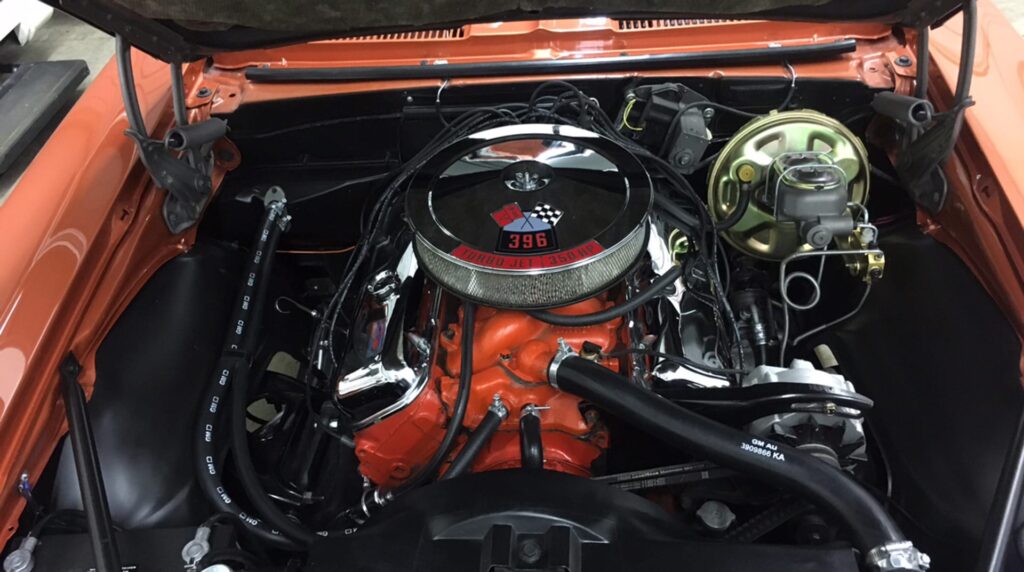
The Z/28: Born to Race
The Z/28 was the Camaro’s secret weapon, designed to dominate the SCCA Trans-Am series against Mustangs and Barracudas. Its 302 V8 was built to sneak under the 5.0-liter displacement limit, and it came with heavy-duty suspension, quick-ratio steering, and optional disc brakes. Chevy sold 7,199 Z/28s in ’68, each one a street-legal race car that could embarrass bigger engines at stoplights. Owners loved the raw, high-winding power and the bragging rights of driving a car that shared DNA with Mark Donohue’s race-winning machines. It wasn’t cushy—creature comforts were sparse—but if you wanted a Camaro that could dance, the Z/28 was your partner.
Life on the Road
The ’68 Camaro was a jack-of-all-trades. Base models were comfy daily drivers with cushy seats and options like AM/FM radios and air conditioning. SS and Z/28 models, though, were built for thrills, with stiffer suspensions and a raw edge that begged for open roads or drag strips. The interior was functional but stylish, with a deep-dish steering wheel, bucket seats, and an optional console that screamed “let’s go fast.” Handling was solid for the era, though the live rear axle and leaf springs meant you’d feel every bump if you pushed it too hard. Owners didn’t care—they were too busy flooring it and grinning as the V8 roared.
Cultural Icon and Karma Magnet
The ’68 Camaro was everywhere in the late ’60s, from Hollywood to hometown cruise nights. It starred in movies, cruised Sunset Strip, and became the ride of choice for rebels, racers, and dreamers. But it wasn’t all smooth sailing—its aggressive spirit attracted leadfoots who’d weave through traffic like they were auditioning for a police chase. Picture a Speedy McSpeedface type in a Rallye Green Z/28, blasting past a station wagon only to see red and blue lights in the rearview. Instant karma? You bet. A reckless driver in a ’68 Camaro might’ve faced a $100 fine, 4-6 points on their license, or even a suspended license if they pushed their luck too far. But for every hotshot, there were ten owners who just loved the car’s vibe, cruising to drive-ins or showing it off at car shows.
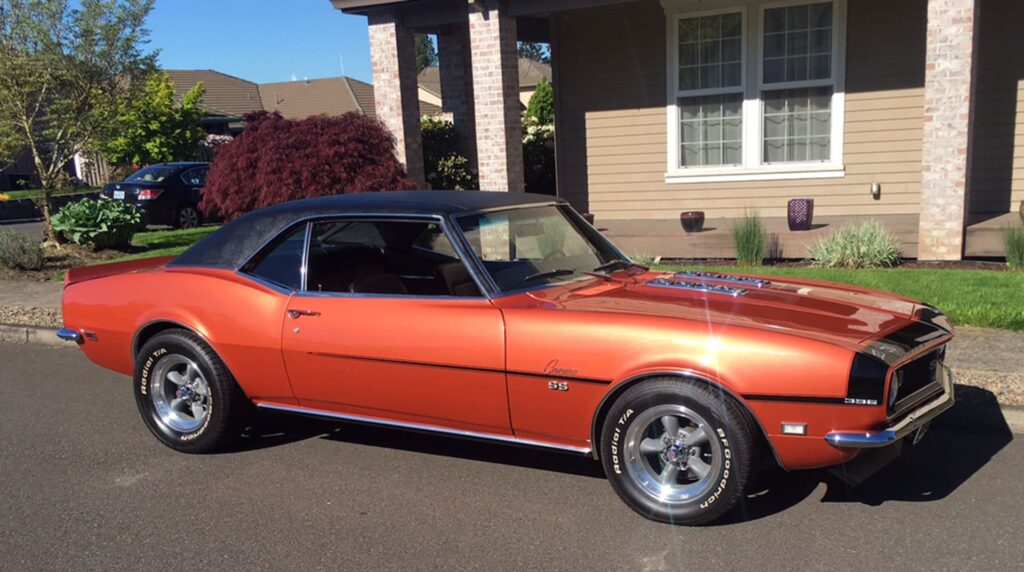
Legacy of the ’68 Camaro
The ’68 Camaro cemented its place as a muscle car icon, setting the stage for the first-generation’s run through 1969. Its blend of style, power, and affordability made it a favorite for hot-rodders and collectors alike. Today, a well-preserved ’68 Z/28 can fetch $50,000-$100,000 at auction, while a base coupe might go for $20,000-$30,000. Restomods with modern crate engines keep the spirit alive, proving the Camaro’s allure never faded. It was a car that lived fast, loved hard, and occasionally got a ticket or two—just to keep things interesting.So, whether it was tearing up the track or turning heads at the malt shop, the 1968 Camaro was the pony car that refused to be tamed. And if some reckless driver thought they could outrun karma in one? Well, let’s just say the universe—and the highway patrol—had other plans.

